I have accumulated a sufficient number of different light pollution filters. I decided to conduct their comparative testing both with a spectroscope and in the illuminated city night sky. To take the spectra, we used an inexpensive spectroscope with aliexpress, Canon 550Da camera (a blue filter was removed), an Industar 50-2 lens, and the Sun as a light source. The night test was carried out in the center of Anapa, and the illumination from the Moon also prevented. The results are below.

Night sky test:

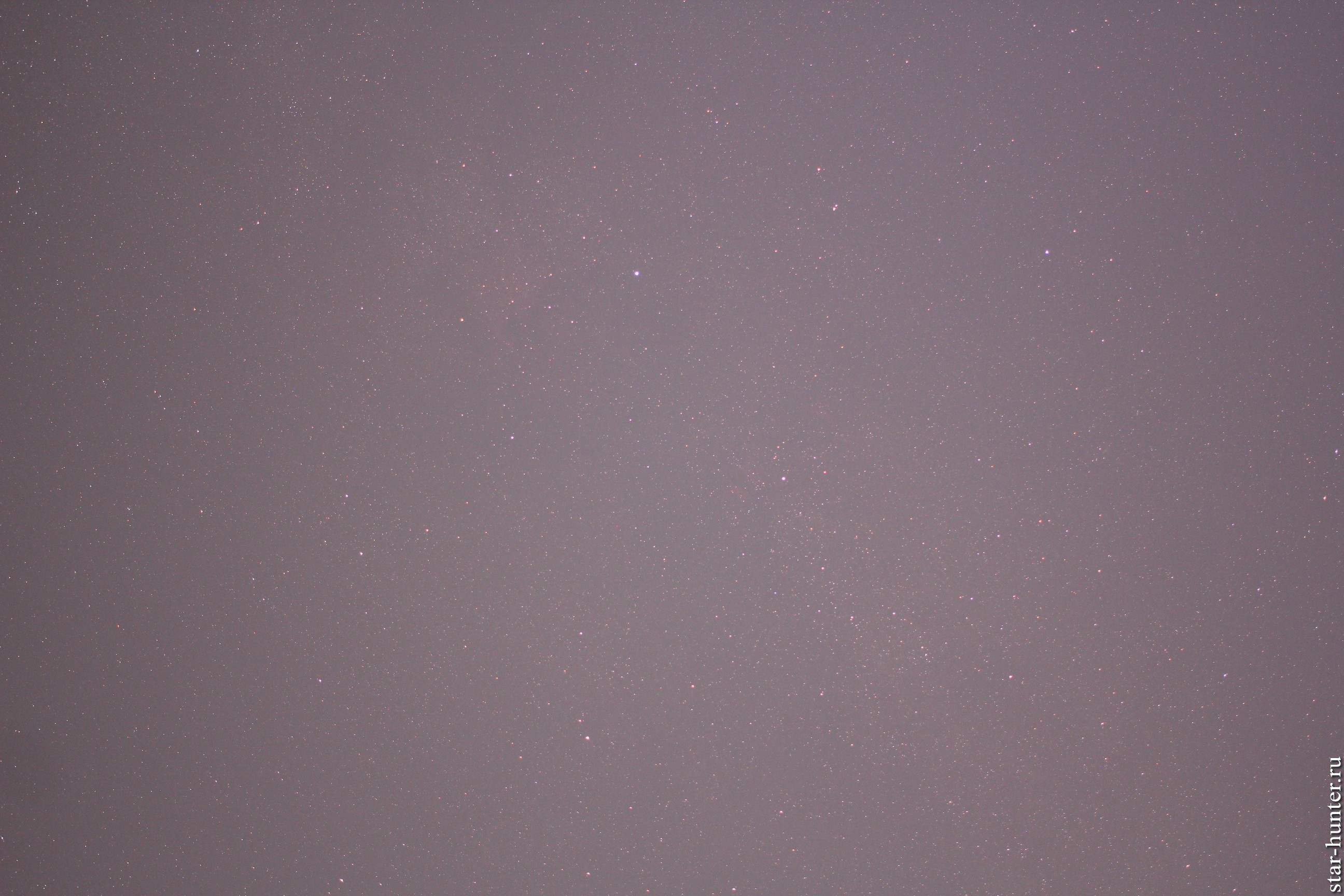
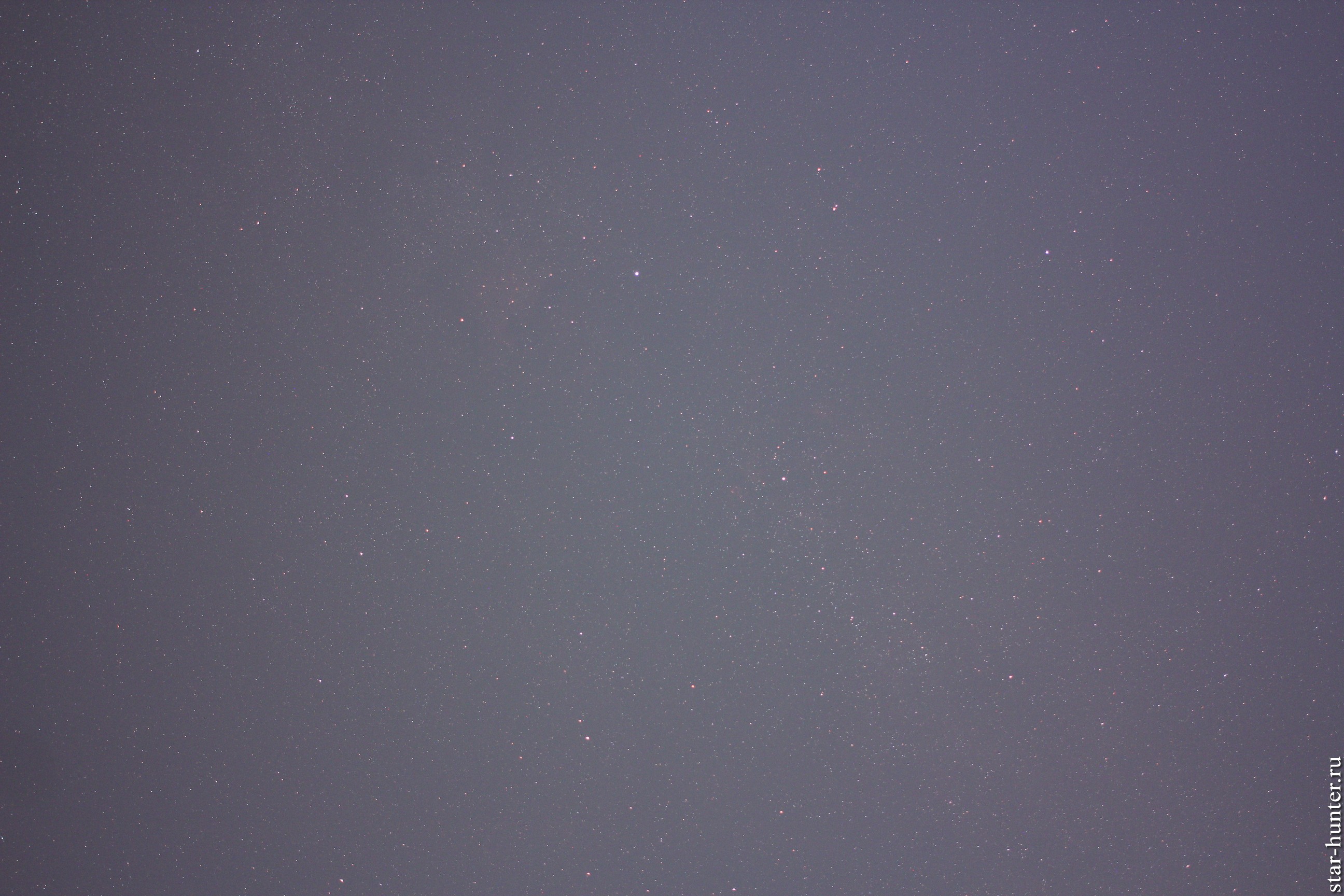
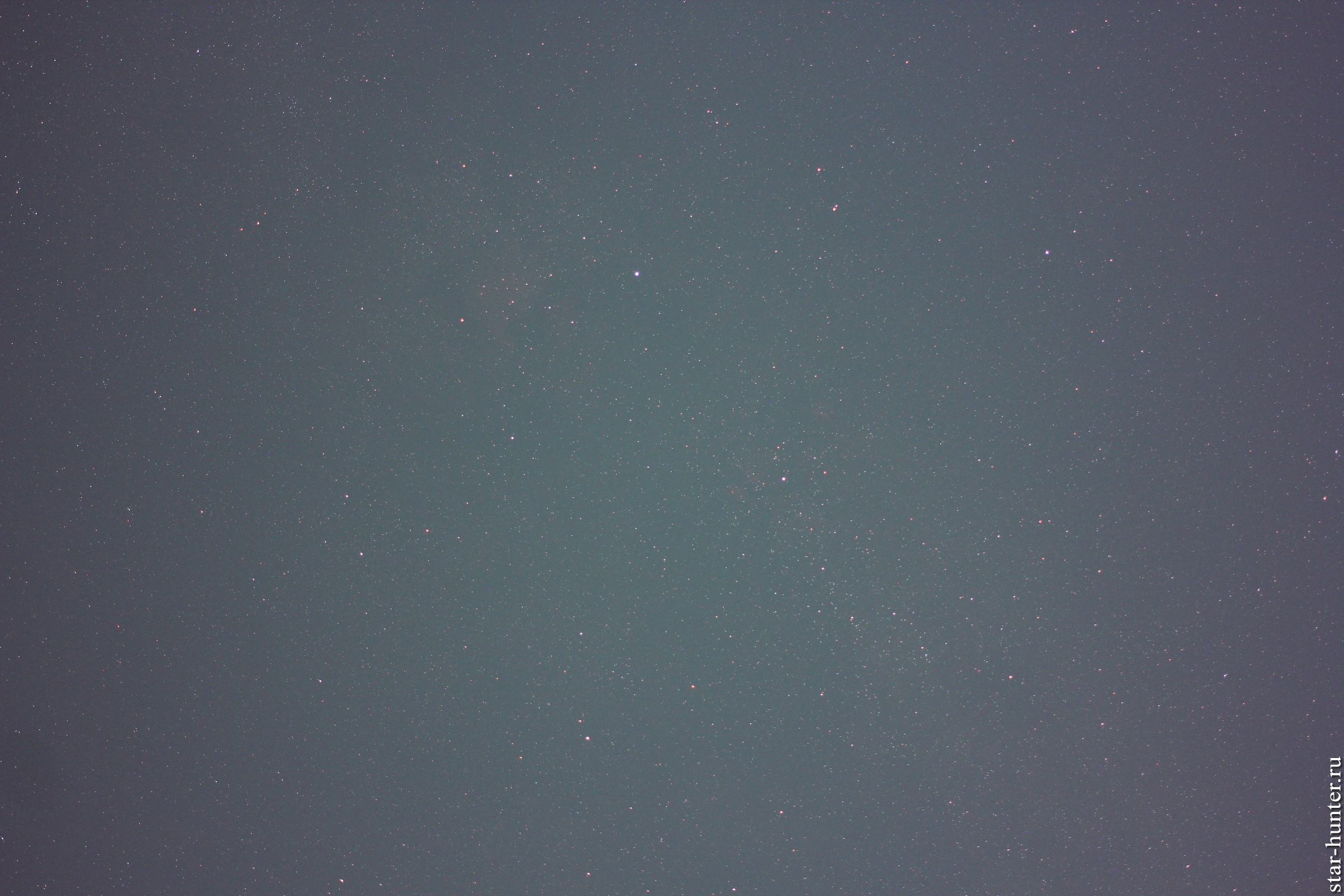
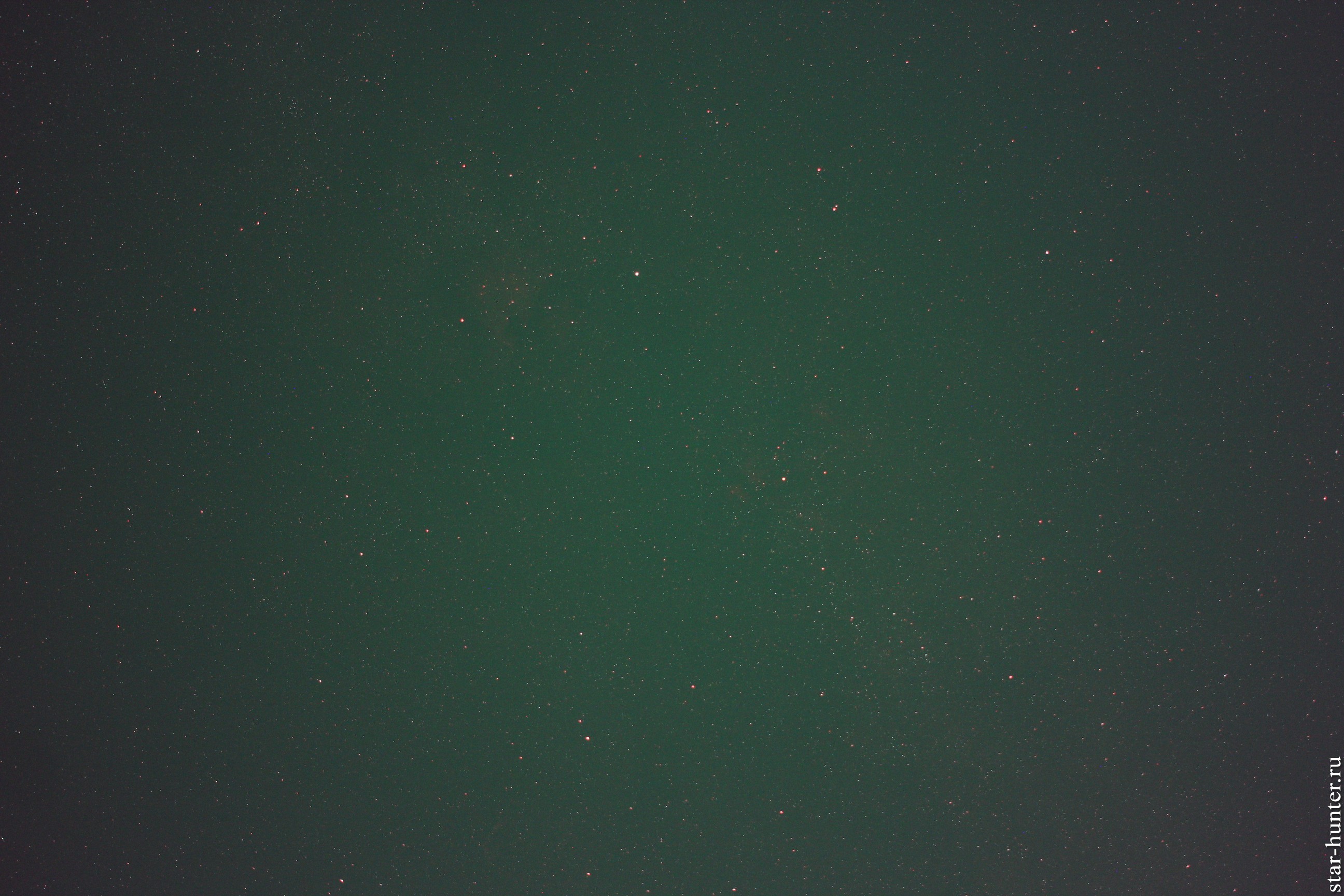
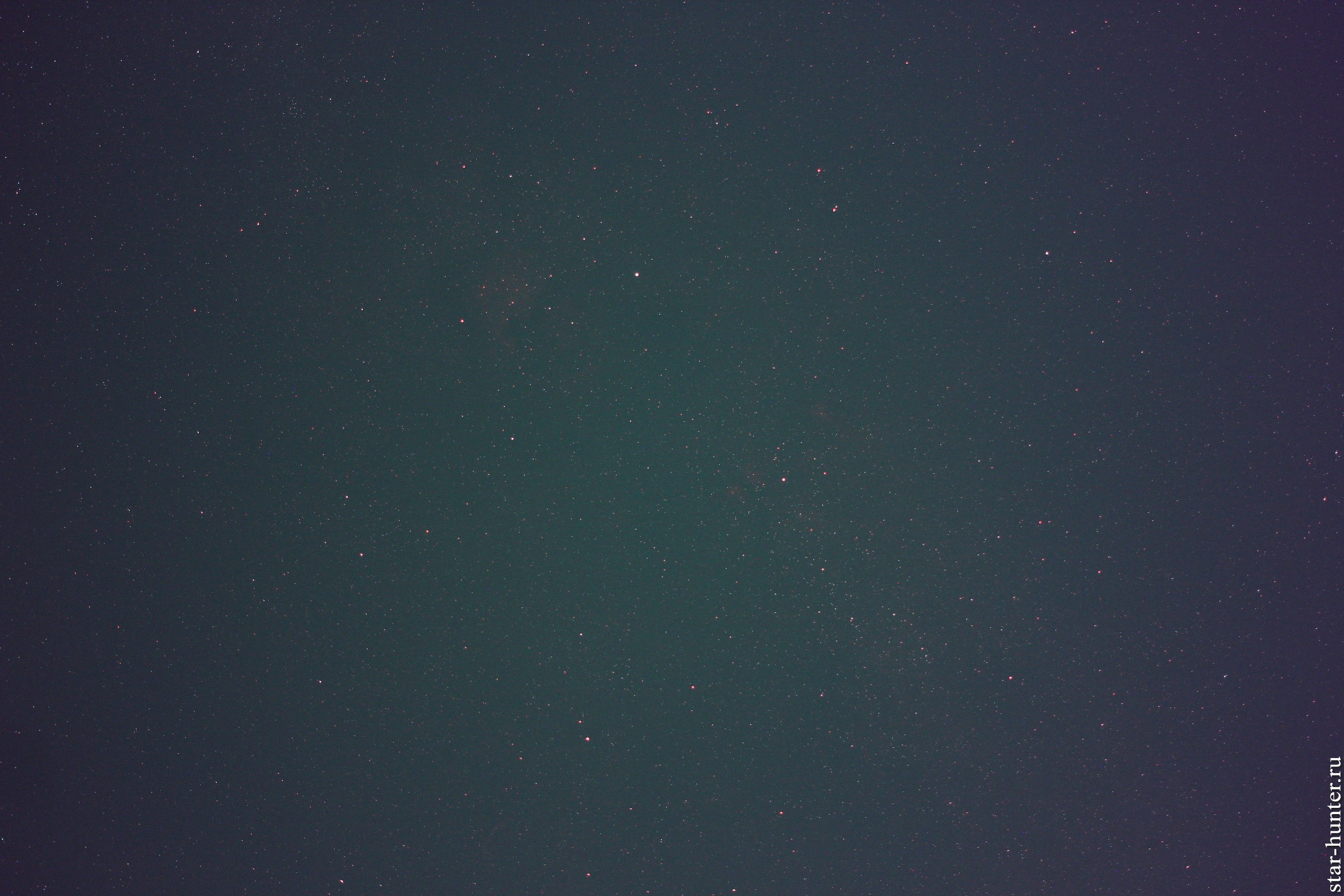
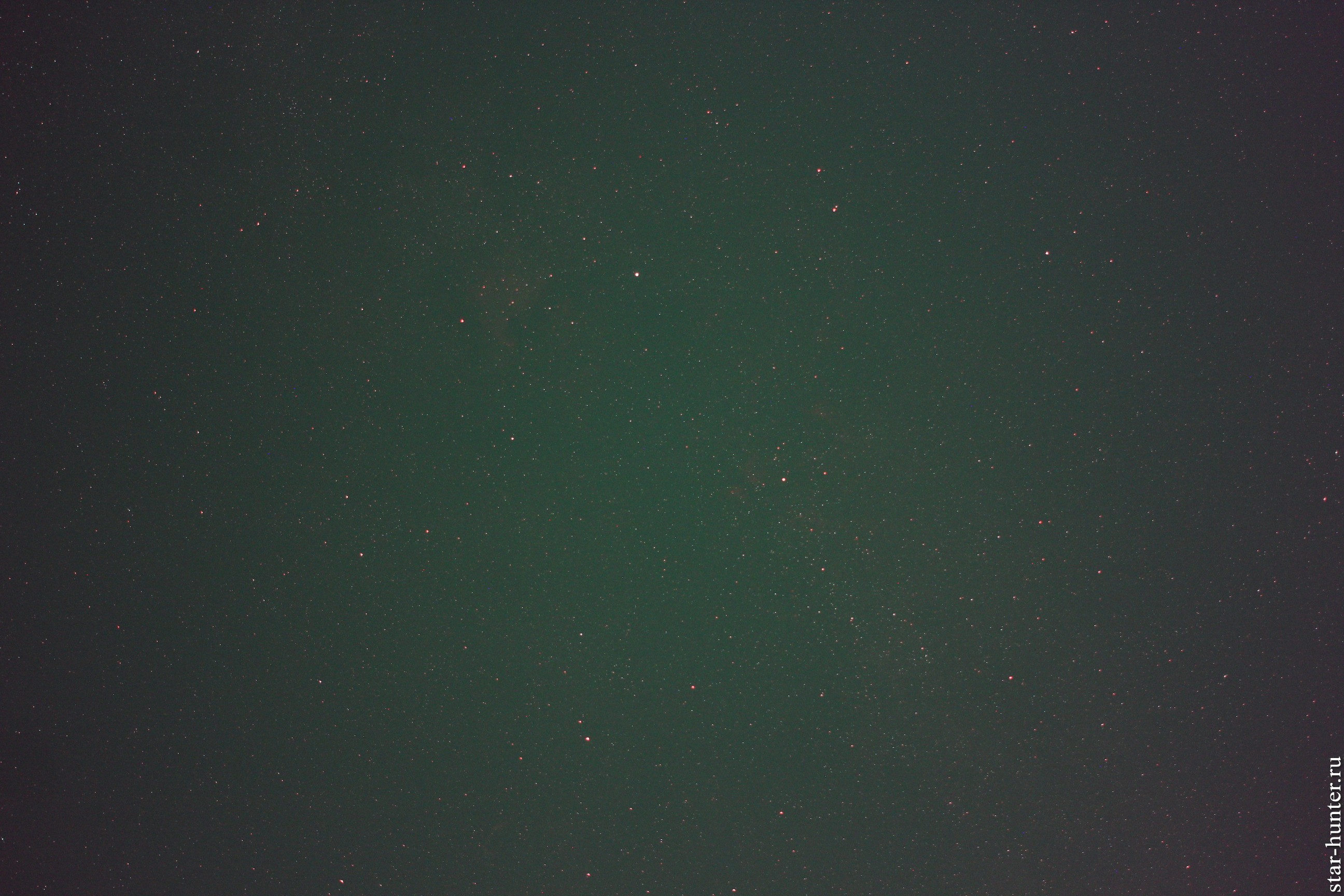
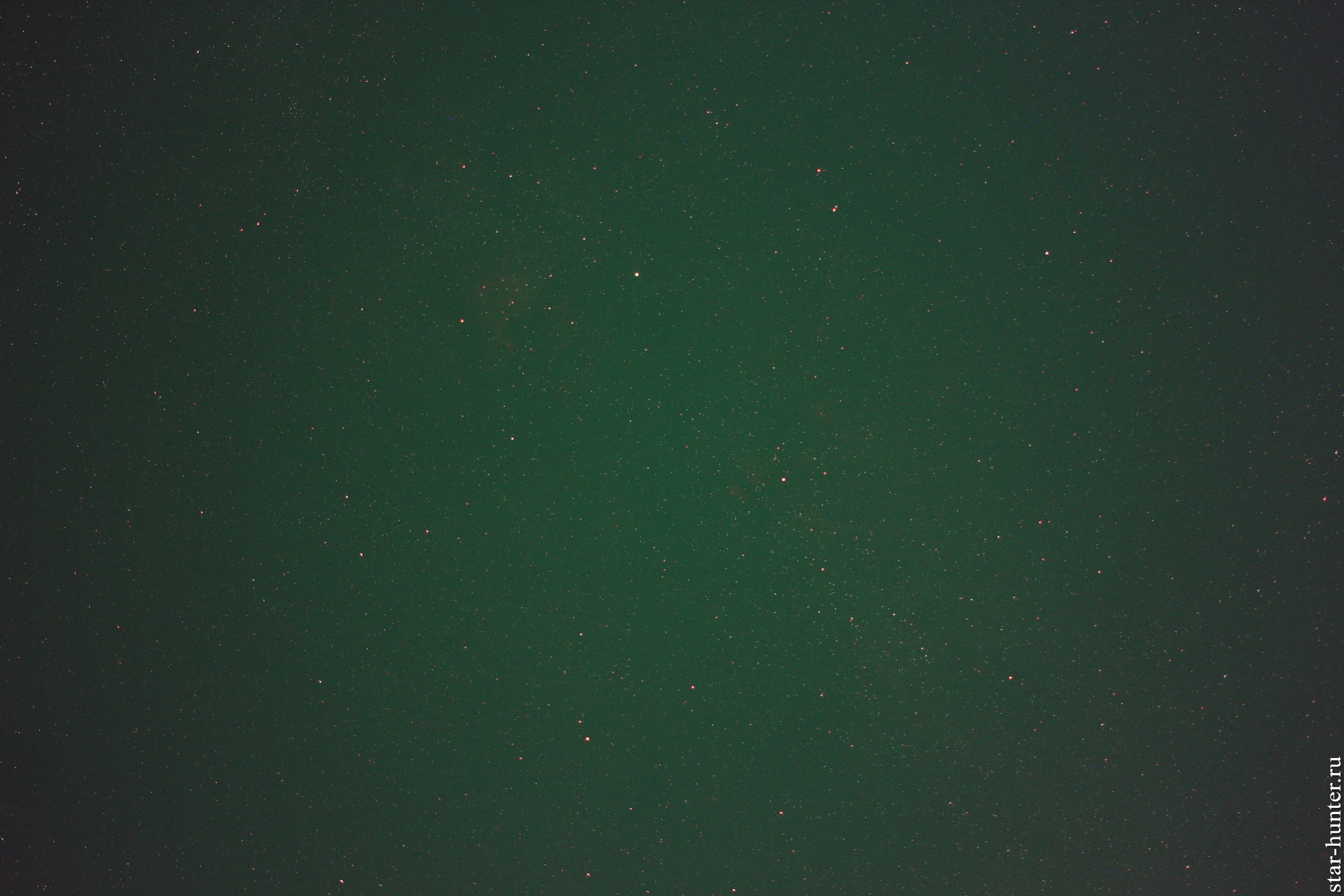

Summary.
I personally like how the Baader UHC-S filter works. It reduce light pollution well, and is also slightly wider than the Svbony CLS. The Svbony CLS and UHC filters are very similar, the CLS are a bit wider.
The Optolong L-Pro clip and Optolong L-Pro 1.25 “suddenly have different spectra – version 1.25” is better at suppressing the backlight, but there is a noticeable tail in the violet area.
Baader Neodymium is very weak – its use is possible for shooting in places where you need to slightly damp the glow from the flashlights.
The Datyson UHC 1.25 “filter actually turned out to be visual – it almost does not pass the H-alpha line. It also almost does not capture the H-beta line. Perhaps it will work worse than a regular OIII filter, but better than Svbony UHC or CLS – but It can be suitable for small apertures (70-80 mm) and binoculars, and it will be necessary to test it still in the sky in visual mode.
All images and test another filters you can download here.